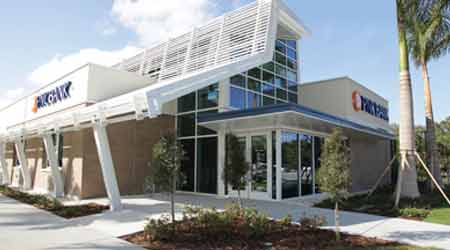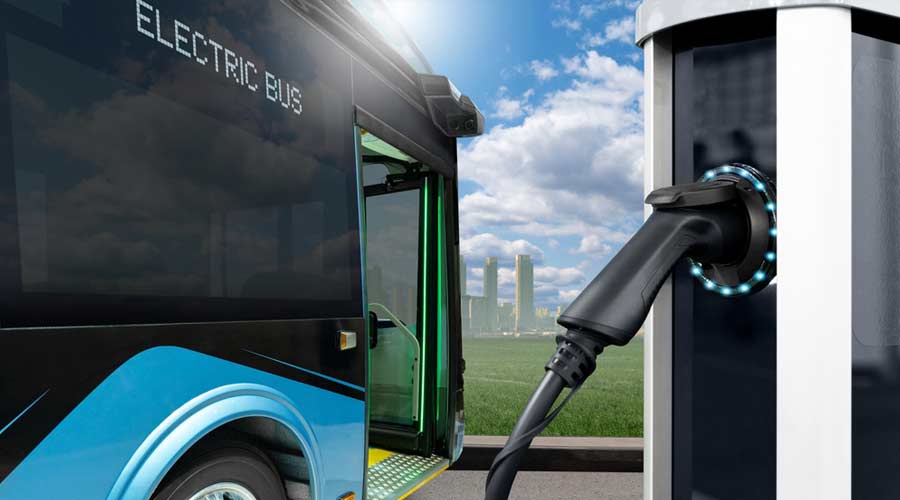To Get to Zero Net Energy, First Focus on Reducing Energy Consumption
Part 2 of a four-part article on baseline techniques for making zero net energy buildings more common.
As the PNC project team discovered, ZNE approaches must be laser focused on reducing energy consumption before moving on to efficient systems and renewable energy. Before a project begins, three questions should be asked:
1. How will the building be used?
2. How many of those uses require fully conditioned spaces?
3. Can occupants control each space?
Once these questions are answered, the right technology and strategies can be selected. The following strategies are the highest priority that can be implemented in volume across a building portfolio:
• Reduce EUI (energy use intensity) demand: Optimize the building envelope: maximize daylighting; use high-efficiency interior/exterior LED fixtures with controls; increase natural ventilation; and use the newest glazing technologies.
• Plug load management: All systems must be thoroughly vetted, including those historically outside the design process. Computers, servers, phones, printers, coffee makers, motorized shades — virtually anything that will plug into the wall — when optimized, can reduce demand as much as 25 percent.
• High-efficiency HVAC: Implement HVAC controls that satisfy users of both single occupant and group spaces, and include both a high-efficiency packaged unit, and also opportunities for adaptive fans, demand-controlled ventilation, or energy recovery.
• Lighting: Include high efficiency LED fixtures and lighting controls for both daylight levels and occupancy.
• Operable windows: In 90 percent of climates, there are times when outdoor conditions are perfect for operable windows. Allowing occupants access to fresh air improves comfort and enables other systems to be turned off.
• User controls and automation: Too often systems are oversized to accommodate a narrow band of functionality that can consume vast amounts of energy. Spaces that allow occupants to control and adjust their surrounding environment save energy and improve working conditions.
• Smart buildings: Sophisticated building analytics helps identify irregularities in performance and equipment operations in real-time, allowing for immediate adjustments and cost savings.
• DC power grid: As most power generated on-site is from a DC source, finding lighting and other equipment that can run on DC power will allow a project to reduce energy losses associated with converting power.
• Renewable energy technologies: Renewables like PV should be evaluated last, and only added to make up needed loads. A thoughtful design process will first innovate to bring loads and end-uses down, prior to adding solar or other renewable technology.
These strategies are implementable across nearly any building portfolio, regardless of existing conditions. If the building industry starts with short-term goals while planning and paving the way to achieve long-term goals, the WorldGBC vision of a ZNE future is no longer ambitious — it’s attainable.
Julia Raish is division leader at Paladino and Company, a sustainability consulting firm. Raish’s background in sustainable building design and implementation, master planning, and site analysis brings a holistic understanding of sustainability and green building strategies to provide both technical and strategic support to her clients’ projects.
Email comments and questions to edward.sullivan@tradepress.com.
Related Topics:















